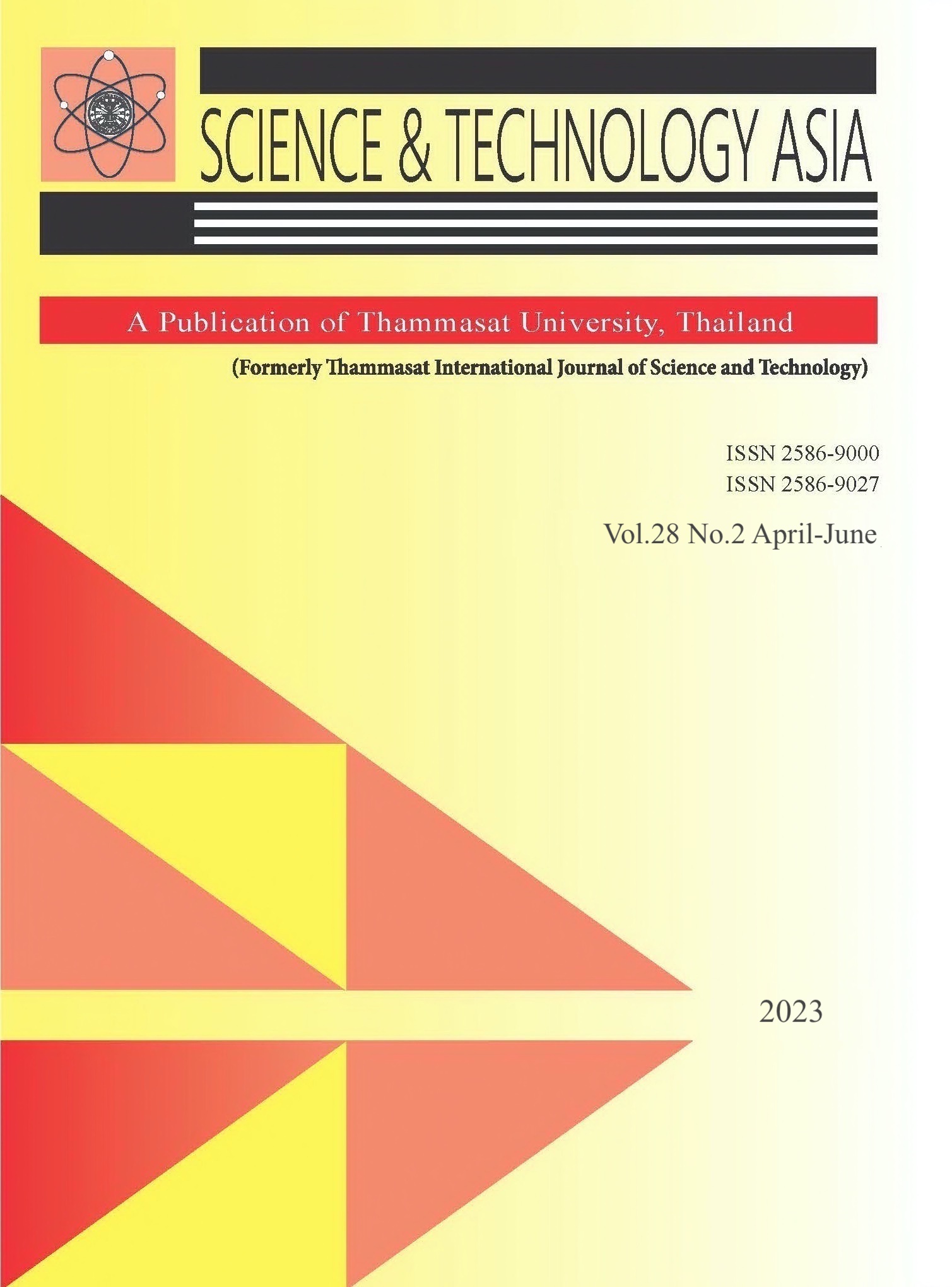The Mechanism to Drive Carbon Neutrality Policy and Net-Zero Emissions for the Building Sector in Thailand
Main Article Content
Abstract
Carbon neutrality and net-zero emissions (NZE) are the commitments made at the Conference of the Parties (COP). Many countries have committed to this operation, while the statistics on electricity usage are continuously increasing, mainly from fossil fuel power plants. This paper proposes the Carbon-Dioxide-Reducing Portfolio Standards (CO2RPS) policy for consumers. The policy has two parts. Firstly, to boost the percentage of electricity usage from renewable energy resources for buildings and, secondly, to boost the number of electric vehicles charging stations (EVCSs) required for buildings larger than 2,000 square metres (1@1 policy). This study paints a picture of the situation after this policy is applied and can be a guideline for developing the infrastructure for electric vehicle (EV) penetration and controlling CO2 emissions. This novel policy focuses on carbon neutrality by linking buildings and transportation sectors. The policy can fill the gap in the existing Building Energy Code (BEC) policy to help steer the countries toward their carbon neutrality and net-zero emissions goals.
Article Details

This work is licensed under a Creative Commons Attribution-NonCommercial-NoDerivatives 4.0 International License.


